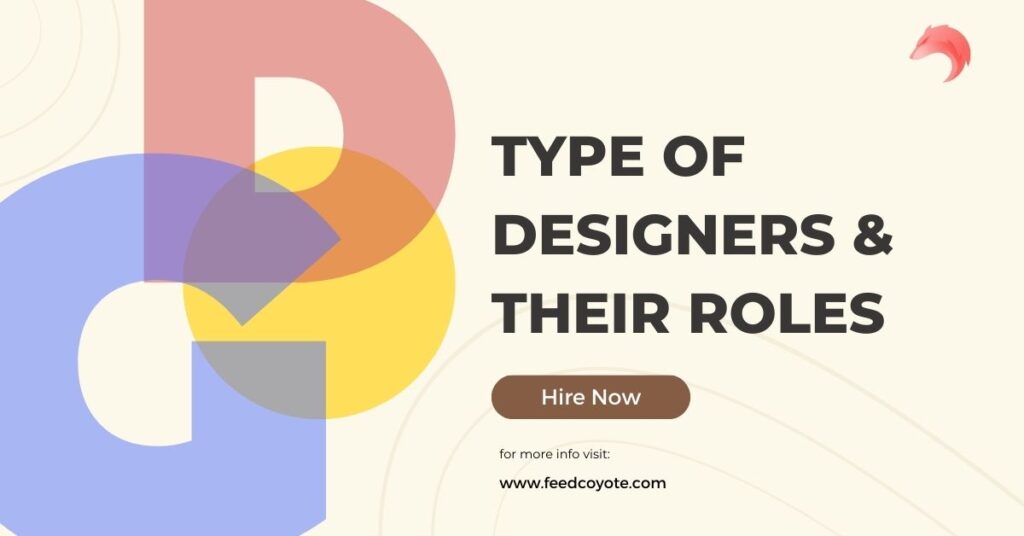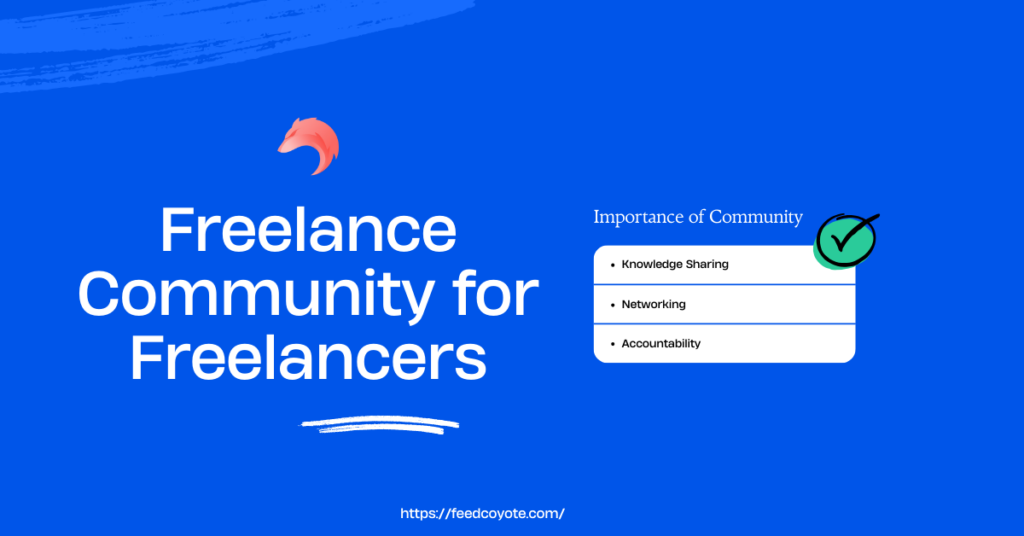Introduction to Different Types of Designers
Designers are creative professionals who use their skills and expertise to create aesthetically pleasing and functional designs for a wide range of purposes. They play a crucial role in various industries, including graphic design, interior design, fashion design, industrial design, web design, and many more. While all type of designers share a common goal of creating visually appealing and user-friendly designs, they specialize in different areas based on their specific skill sets and interests.
Graphic Designers
Graphic designers are professionals who use their artistic skills and creativity to visually communicate ideas, messages, and information. They play a crucial role in various industries, including advertising, marketing, media, entertainment, and more. Through the use of typography, images, illustrations, colors, and layouts, graphic designers create visual concepts that captivate audiences and effectively convey the desired message.
One primary responsibility of graphic designers is to create and design logos, branding materials, advertisements, brochures, packaging, websites, and other visual assets. They often work closely with clients or creative directors to understand their vision and develop designs that align with their brand identity.
Hire a Graphic Designer today for your Project
Web Designers
Web Designers are professionals who are responsible for creating and designing visually appealing websites. They possess a combination of technical and creative skills to deliver a seamless user experience through their designs.
The primary role of web designers is to understand the client’s requirements and translate them into captivating visual concepts. They work closely with clients or project managers to determine the website’s purpose, target audience, and overall goals. This information helps them create a design that not only looks visually appealing but also meets the functional needs of the website.
Hire a Web Designer today for your Project
UI/UX Designers
In the ever-evolving digital landscape, UI/UX designers play a crucial role in creating engaging and user-friendly experiences for users. UI stands for User Interface, while UX refers to User Experience. Although intertwined, these two aspects have distinct roles that contribute to the overall success of a product or service.
UI designers focus on the visual elements of a product or service, such as layout, colors, typography, and overall aesthetics. They ensure that the interface is visually appealing and easy to navigate.
UX designers, on the other hand, focus on the overall experience that users have while interacting with a product or service. They conduct user research, create user personas, and design user flows to ensure that the product or service is intuitive and user-friendly. They also collaborate with UI designers to ensure that the visual design aligns with the user experience goals.
Hire a UI/UX Designer today for your Project
Interior Designers
Interior designers are professionals who specialize in creating aesthetically pleasing and functional spaces within residential or commercial buildings. They possess a unique blend of creative vision, technical expertise, and practical knowledge to transform an empty space into a well-designed environment.
One of the primary roles of interior designers is to understand their clients’ needs and preferences. They work closely with the clients to determine the purpose of the space, its desired atmosphere, and any specific requirements or constraints. Based on these factors, interior designers develop a design concept that includes furniture arrangements, color schemes, lighting solutions, materials, and other elements to create a cohesive and visually pleasing space.
Fashion Designers
Fashion designers are creative individuals who conceptualize and create clothing and accessory designs. They play a significant role in shaping the latest fashion trends and influencing the way people dress and present themselves. Fashion designers work tirelessly to bring their unique visions to life through various design techniques and materials.
One of the primary responsibilities of fashion designers is to stay up-to-date with current fashion trends and forecast future ones. They closely observe the fashion industry, attend fashion shows, conduct market research, and analyze consumer preferences to gain insights into what will be popular in the future.
Once they have a clear understanding of the trends and market demands, fashion designers start the design process. They sketch their ideas on paper or use computer-aided design (CAD) software to create digital representations of their designs. They carefully select fabrics, colors, patterns, and other materials to bring their designs to life. They then create prototypes or samples of their designs, which are tested and refined before being mass-produced.
Industrial Designers
Industrial designers are creative professionals who specialize in creating and developing products that are both functional and aesthetically pleasing. Their work involves designing a wide range of consumer goods, from household appliances to electronic devices, furniture, automobiles, and even packaging.
One of the key responsibilities of industrial designers is to ensure that the products they design meet the needs and desires of consumers. They conduct extensive research to understand user preferences and market trends. They also consider factors such as ergonomics, usability, and environmental sustainability in their designs.
Industrial designers use various design tools and techniques to develop their ideas. They create sketches, renderings, and 3D models to visualize the product concept. They also work closely with engineers and manufacturers to ensure that the design can be feasibly produced.
Architectural Designers
Architectural designers are professionals who specialize in creating and designing architectural plans for various structures. They play a crucial role in the construction industry as their expertise is instrumental in turning ideas into reality. From designing residential homes to commercial buildings, architectural designers are responsible for developing functional, aesthetically appealing, and sustainable spaces.
One of the primary tasks of architectural designers is to understand the needs and desires of their clients. They collaborate closely with clients to determine the purpose and requirements of the structure, as well as any constraints or regulations that need to be considered. They then develop architectural plans, which include floor plans, elevations, sections, and other drawings that outline the design and layout of the building.
Architectural designers also consider factors such as building codes, safety regulations, environmental sustainability, and accessibility in their designs. They use various design tools and software to create detailed drawings and models of their designs. They also work closely with engineers, contractors, and other professionals to ensure that the design is structurally sound and can be successfully constructed.
Landscape Designers
Landscape designers are professionals who specialize in planning, designing, and creating outdoor spaces. They possess a unique set of skills and knowledge that allows them to transform ordinary spaces into stunning landscapes.
These designers work closely with clients to understand their needs, preferences, and overall vision for their outdoor areas. Whether it is a residential garden or a large-scale public park, landscape designers have the expertise to bring these ideas to life. They consider factors such as the site’s topography, climate, and existing vegetation when designing the landscape.
Landscape designers use various design tools and techniques to develop their plans. They create detailed drawings, renderings, and 3D models to visualize the proposed design. They also select plants, materials, and features such as walkways, water features, and lighting to enhance the overall aesthetics and functionality of the outdoor space.
Game Designers
Game designers are creative individuals who play a pivotal role in the development of video games. They are responsible for designing the overall concept, gameplay mechanics, storylines, characters, and levels that make up a game. Game designers collaborate with various professionals such as programmers, artists, animators, and sound designers to bring their ideas to life.
One of the primary tasks of a game designer is to create an engaging and immersive gaming experience for players. They conduct extensive research to understand the target audience and market trends, as well as analyze existing games to gather inspiration and identify areas for improvement.
Game designers use various design tools and software to create prototypes, storyboards, and game mechanics. They also develop level designs, puzzles, and challenges that provide an enjoyable and challenging gameplay experience. They work closely with programmers and artists to implement their designs and ensure that the game functions smoothly.
Multimedia Designers
In today’s digital age, the role of designers has expanded beyond traditional print mediums. The rise of multimedia has created a demand for professionals who can effectively communicate through various digital platforms. Enter multimedia designers – the creative minds behind interactive websites, engaging videos, captivating animations, and immersive user experiences.
Multimedia designers are responsible for designing and producing visual and interactive content for a wide range of digital mediums. They use their creativity and technical skills to create visually appealing and user-friendly designs that effectively convey information and engage audiences.
Multimedia designers work closely with clients or project managers to understand their objectives, target audience, and branding guidelines. They then use design software, such as Adobe Creative Suite, to create graphics, animations, videos, and other multimedia elements that align with the client’s vision and goals.
These designers have a strong understanding of user experience (UX) design principles and apply them to create intuitive and seamless interactions for users. They consider factors such as navigation, layout, color schemes, typography, and multimedia elements to ensure an optimal user experience.
Multimedia designers also possess technical skills in coding languages such as HTML, CSS, and JavaScript. This allows them to create interactive and responsive designs that can be implemented on websites and other digital platforms. They may also have knowledge of video editing software, 3D modeling, and animation tools to enhance their multimedia projects.
In conclusion, there are various types of designers who specialize in different areas of design. Landscape designers bring outdoor spaces to life, game designers create immersive gaming experiences, and multimedia designers communicate effectively through digital mediums. Each type of designer brings their unique skills and expertise to their respective fields, creating visually appealing and functional designs that enhance the overall user experience. Whether it’s designing a beautiful garden, crafting a compelling video game, or creating engaging multimedia content, designers play a crucial role in shaping the world around us.
How to Select the Best Designer
When it comes to selecting the best designer, there are several factors that should be taken into consideration. Whether you are looking for a graphic designer, web designer, interior designer, or any other type of designer, finding the right person for your project is crucial. Here are some guidelines to help you select the best designer:
1. Define your needs: Before starting your search for a designer, it is important to clearly define your needs and goals for the project. What kind of design work do you need? Do you have any specific requirements or preferences? Understanding your needs will help you narrow down your options and find a designer who specializes in the relevant area.
2. Portfolio and experience: Review the designer’s portfolio to get an idea of their style, creativity, and expertise. Look for past projects that are similar to your own to assess their ability to meet your specific needs. Additionally, consider the designer’s level of experience in the industry. While newer designers may still possess talent and creativity, more experienced designers may have a deeper understanding of design principles and a broader skill set.
3. Communication skills: Effective communication is key when working with a designer. Look for someone who can clearly articulate their ideas, understand your vision, and collaborate effectively. Good communication skills ensure that the designer understands your requirements and can provide feedback and suggestions throughout the design process.
4. Technical skills: Depending on the type of design work you need, it is important to consider the designer’s technical skills. For example, if you need a web designer, they should have knowledge of HTML, CSS, and other coding languages.
Hire the Right Designer with Feedcoyote and Get your Project done





